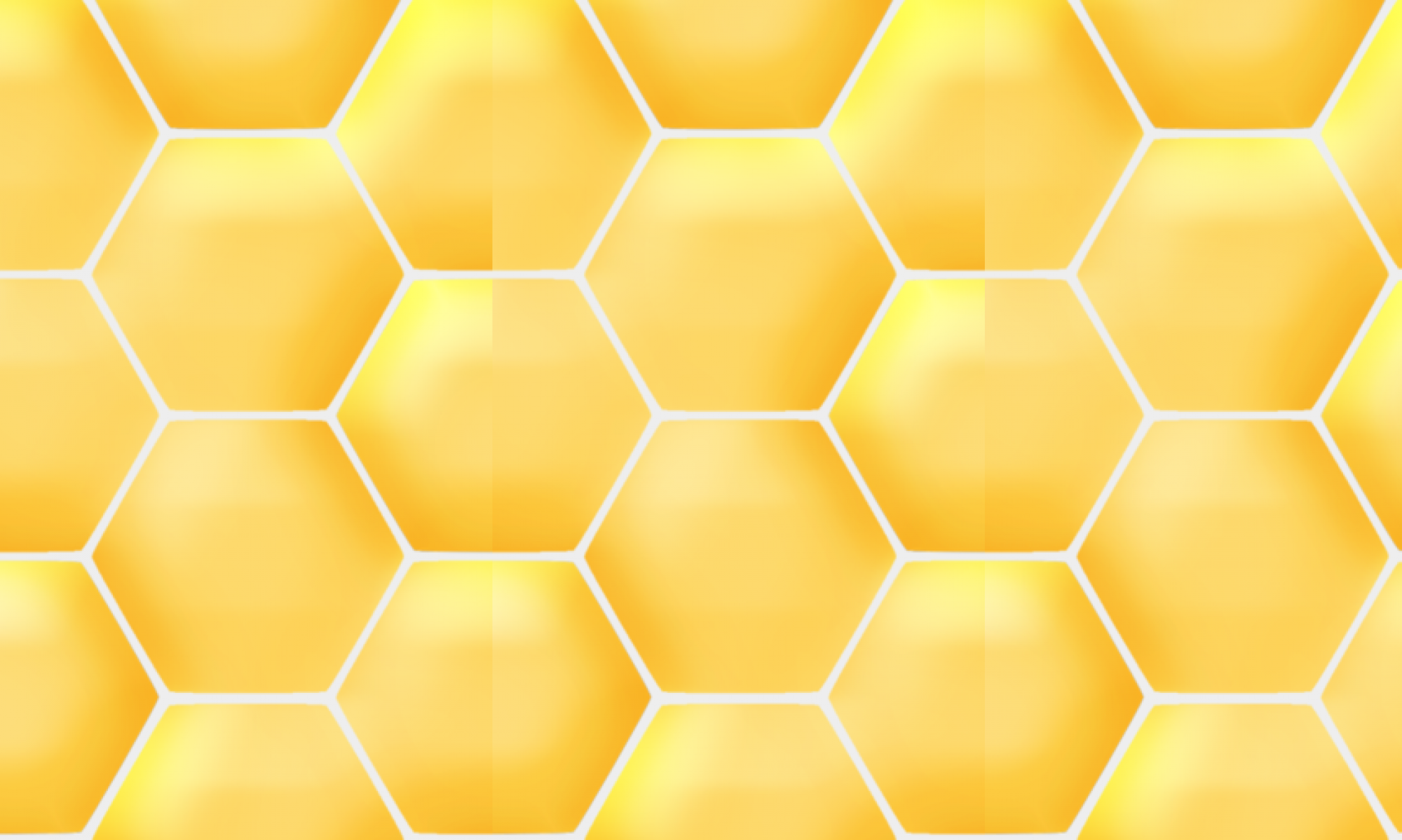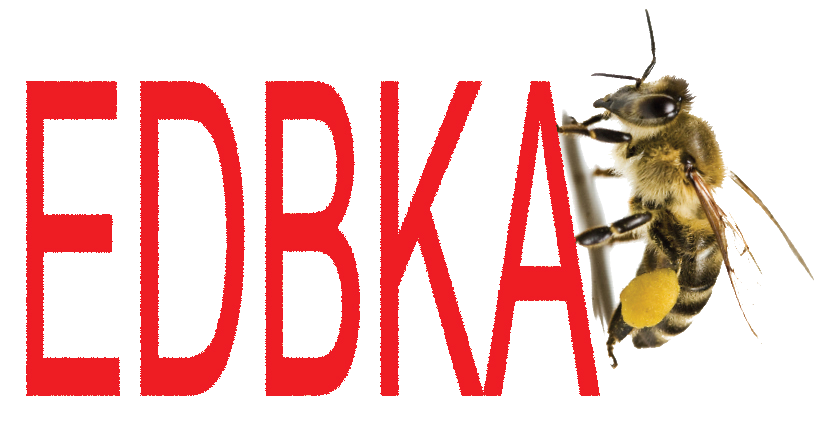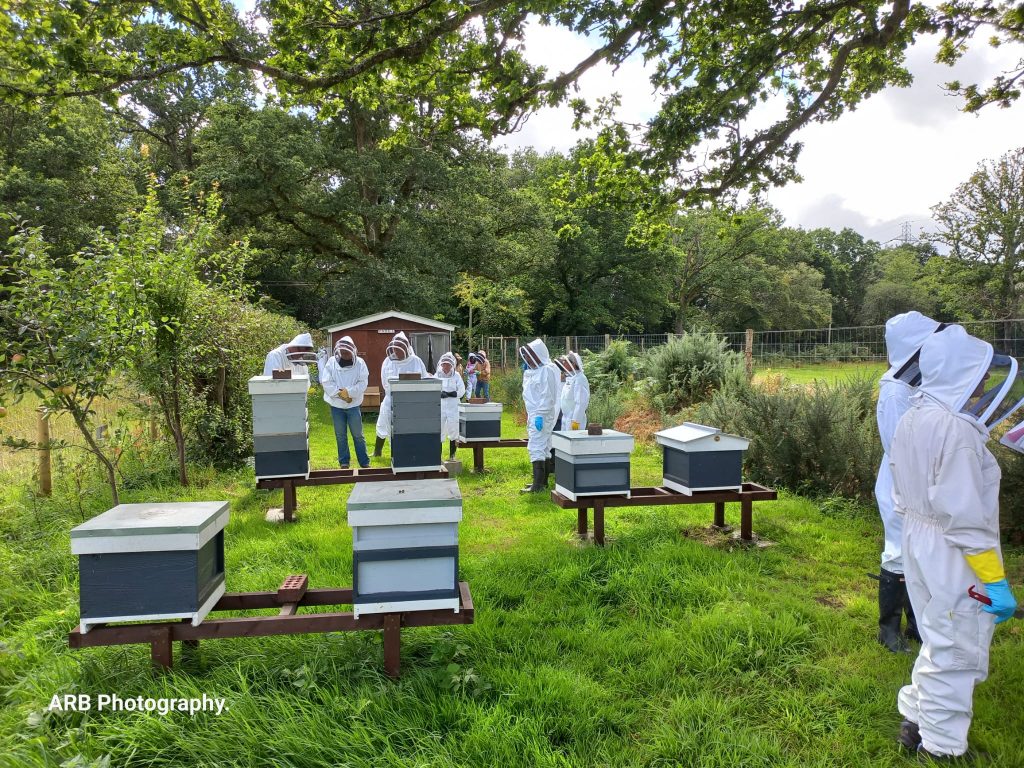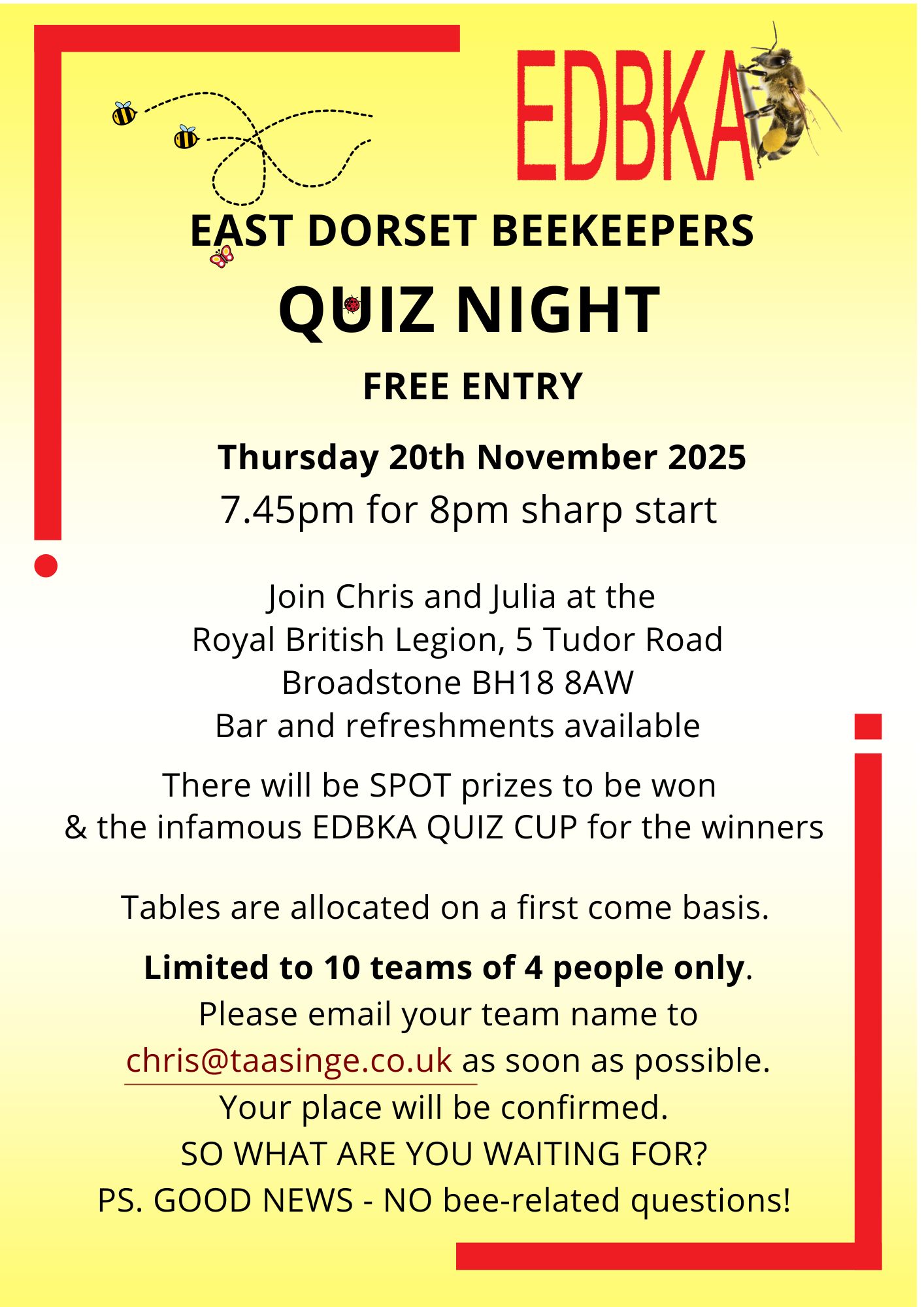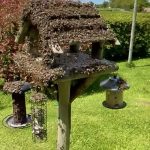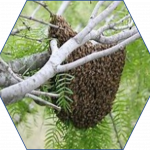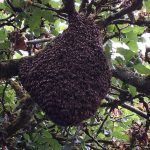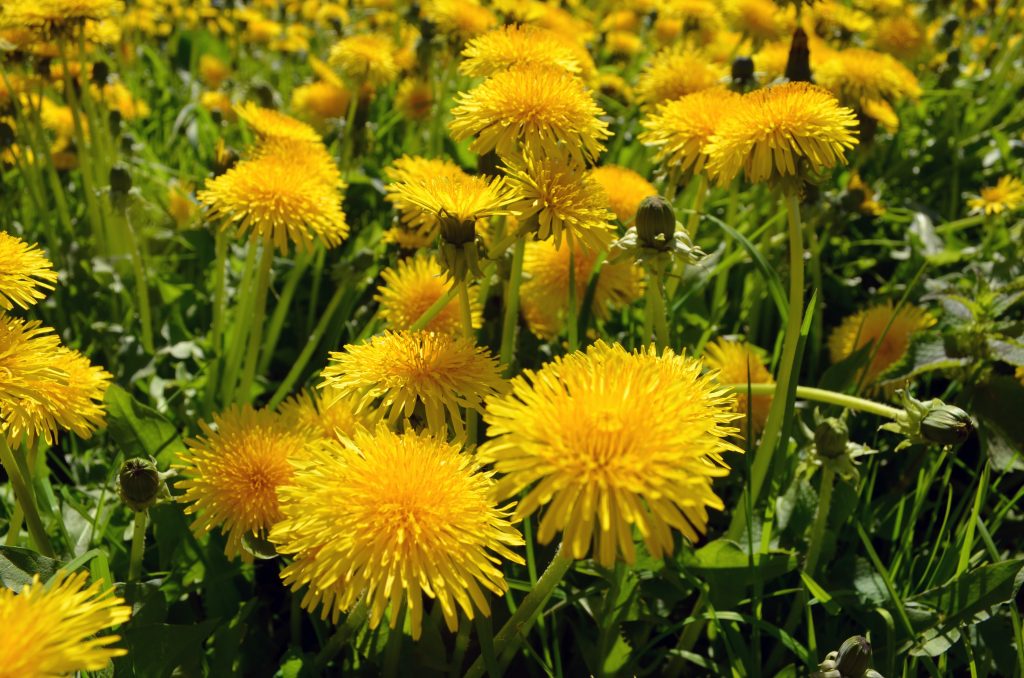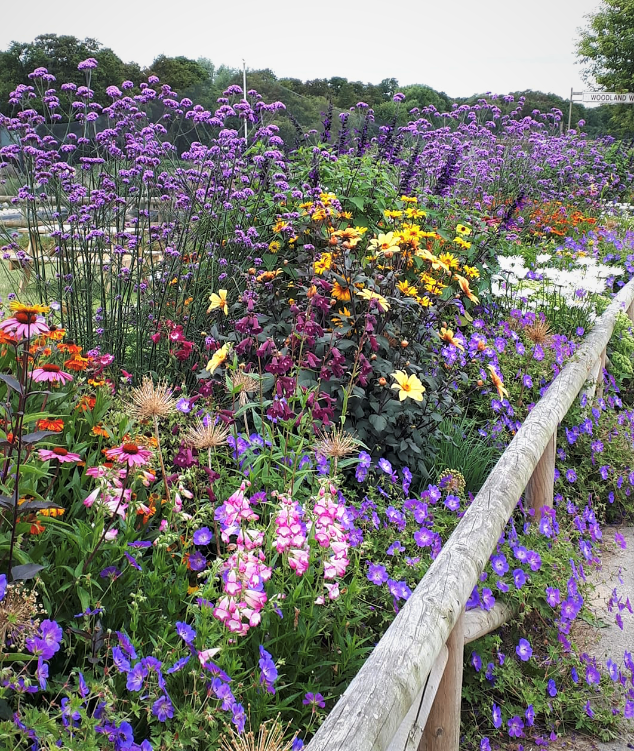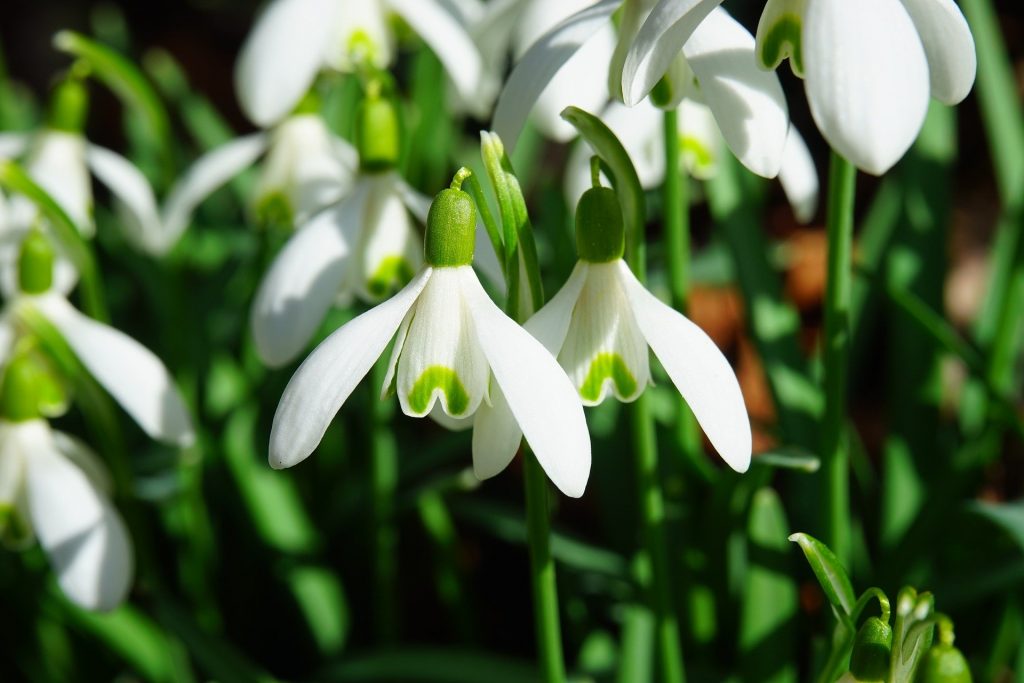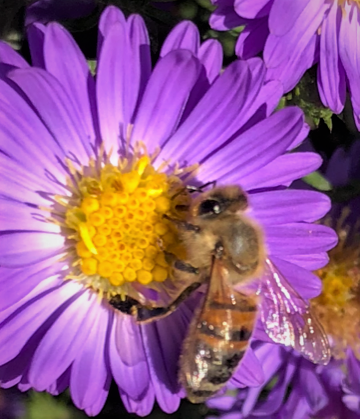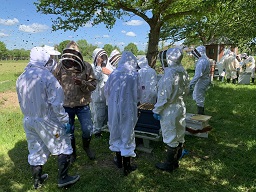The BBKA Basic Assessment is ideal if you have managed at least one colony of bees for over 12 months. This is because the assessment covers the basic things which all beekeepers should know.
The Assessment consists of four parts. The pass mark is 50% in each part. The first part is a practical assessment and the other three parts involve oral questioning.
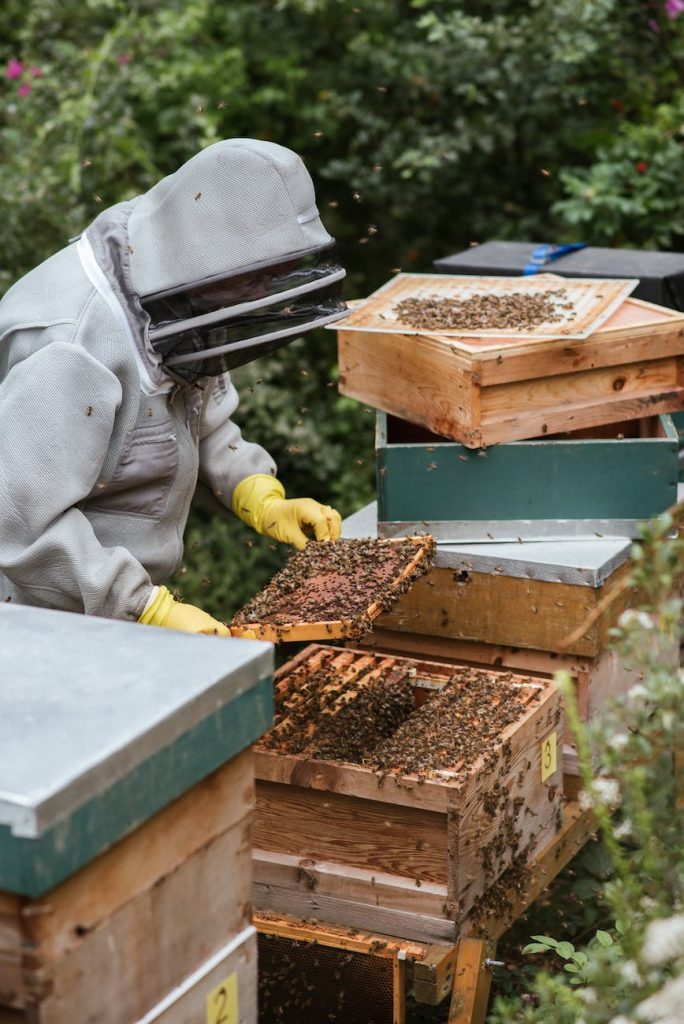
1 – Show the ability to handle bees and interpret what is observed.
Awareness of the care needed when handling bees. Awareness of the care needed when handling bees. The reactions of bees to smoke, the equipment needed to open a colony of honey bees, the importance of cleanliness. Give the reasons for opening a hive. the need for food stores and the importance of record keeping.
The Candidate should be able to open a hive carefully. Be able to use a smoker and hive tool to lift frames from the hive. Identify worker, drone and queen cells and comment on the state of the combs. Beekeepers should be able to identify the female castes and the drone. Similarly identify brood at all stages. Be able to demonstrate the difference between drone, worker and honey cappings. Additionally, to identify stored nectar, honey and pollen. Demonstrate how to collect a sample of worker bees in a match box. State the number of worker bees required for an adult disease diagnosis sample. Demonstrate how to shake bees from a comb and how to look for signs of brood disease.
Describe the parts of a modern beehive, the concept of the bee space. Assemble a brood frame and fit it with wired wax foundation. Discuss spacing of the combs in the brood chamber and super for both foundation and drawn comb and methods used to achieve this spacing.
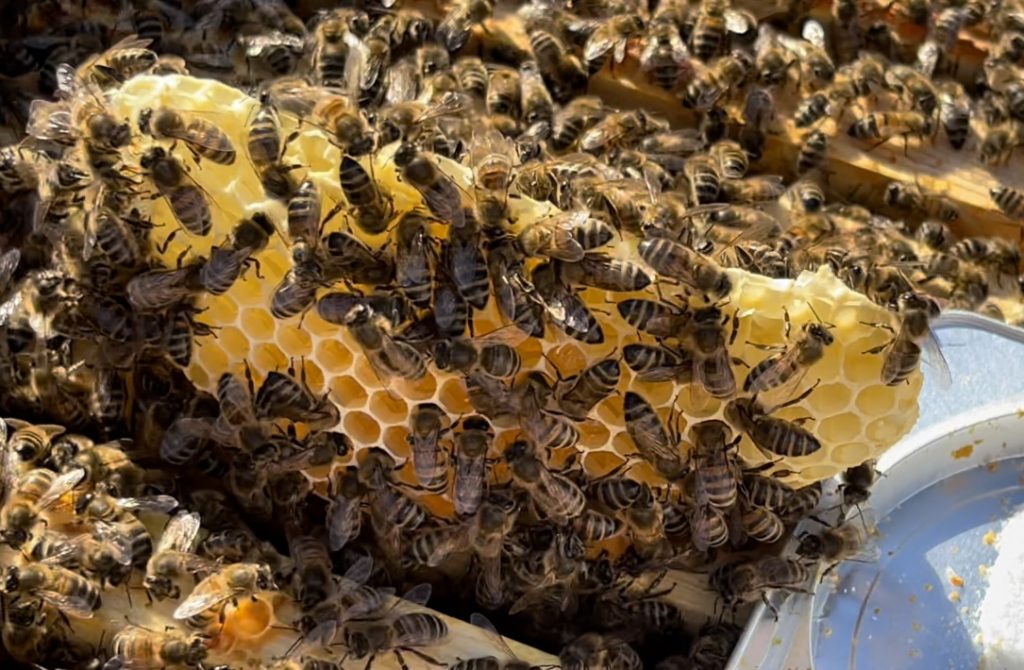
2 – Natural History and Beekeeping
Give an elementary account of the development of queens, workers and drones in the hive. Describe the periods spent by the female castes and the drone in the four stages of their life (egg, larva, pupa and adult). Discuss the main local flora from which honey bees gather pollen and nectar, a simple definition of nectar and a simple description of how it is collected, brought back to the hive and converted into honey.
Give a simple description of the collection and use of pollen, water and propolis in the hive. Verbalise an elementary description of the way in which the honey bee colony passes the winter. Describe an elementary description of how to set up an apiary. Include the precautions that should be taken to prevent bees from being a nuisance to neighbours and livestock. Demonstrate the possible effects of honey bee stings on humans and suitable first aid treatments. Talk about an elementary description of the annual cycle of work in the apiary.
Sugar Syrup, Robbing and Honey Extraction: Describe the preparation of sugar syrup and how and when to feed bees. Explain the need to add supers and the timing of doing so. Demonstrate that you understand the dangers of robbing and how robbing can be avoided. Choose a method used to clear honey bees from supers.
Explain the process of extracting honey from combs and a method of straining and bottling of honey suitable for a small-scale beekeeper, including hygiene, awareness of the various web-based resources relating to beekeeping, such as BBKA and Beebase.
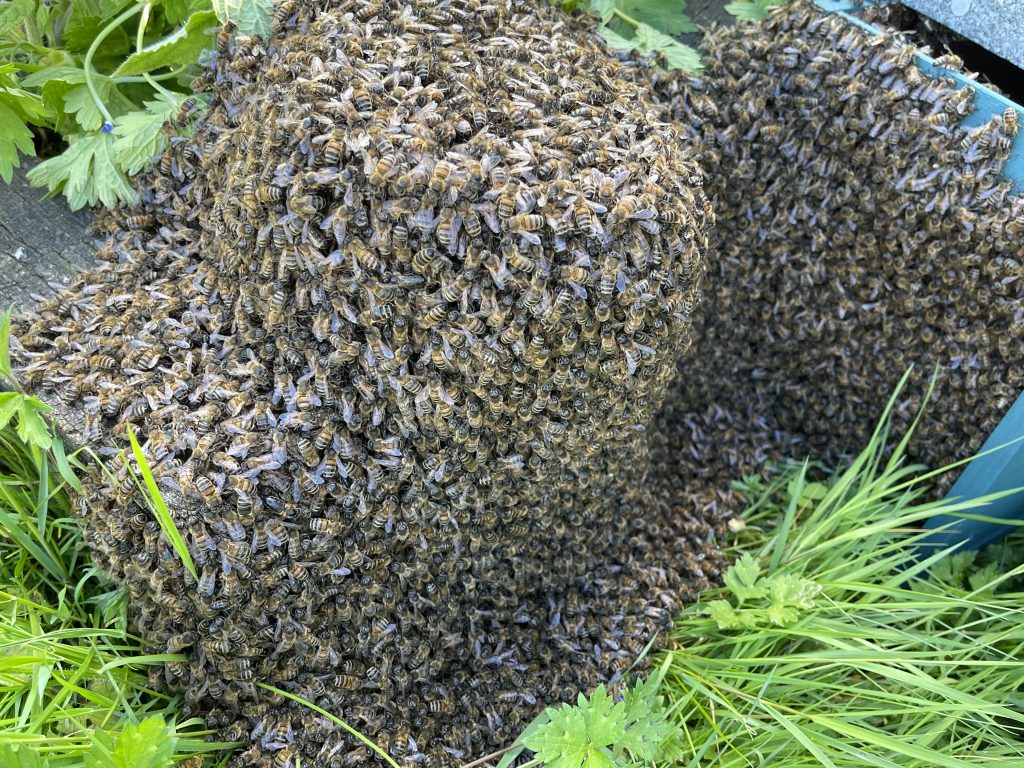
3 – Swarming, Swarm Control and Effects
Give an elementary description of swarming in a honey bee colony. Similarly, give an elementary account of one method of swarm control. Illustrate how to take a swarm and how to hive it. Clarify the signs of a queenless colony and how to test if a colony is queenless. Describe the signs of laying workers and of a drone laying queen. Give the examiner a description of a simple method of queen introduction.
Finally, describe one method of uniting colonies, along with the necessary precautions to be taken.
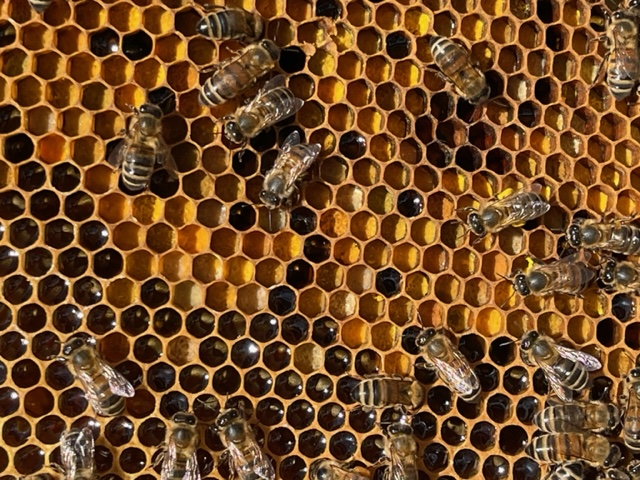
4 – Diseases & Pests
The appearance of healthy brood, sealed and unsealed, the reasons for good apiary hygiene, awareness of the reasons for regular brood comb replacement, description of the signs of the bacterial diseases American Foul Brood (AFB) and European Foul Brood (EFB), the fungal disease Chalk Brood and the viral disease Sac brood, description of methods for detecting and monitoring the presence of varroa (a mite) and description of its effect on the colony including awareness of the effect of associated viruses, awareness of acarine (a mite) and nosema (a fungus) and their effect upon the colony.
Communicate of ways of controlling varroa using integrated pest management techniques. Demonstrate your awareness of the current legislation regarding notifiable diseases and pests of honey bees. Demonstrate your understanding of who to contact to verify disease and advise on treatment.
Describe how comb can be stored to prevent wax moth damage. Conclude with a description of how mice and other pests can be excluded from the hives in winter.
Assessment Booking
If you want to ask questions about the assessments, or enquire about booking an assessment please contact: secretary@edbka.org.uk
Content Source: BBKA & North Dorset Beekeepers Association
Images: Sandra Palmer-Snellin
© Copyright MMXXV. All rights reserved. Permission given to use – August 2025
